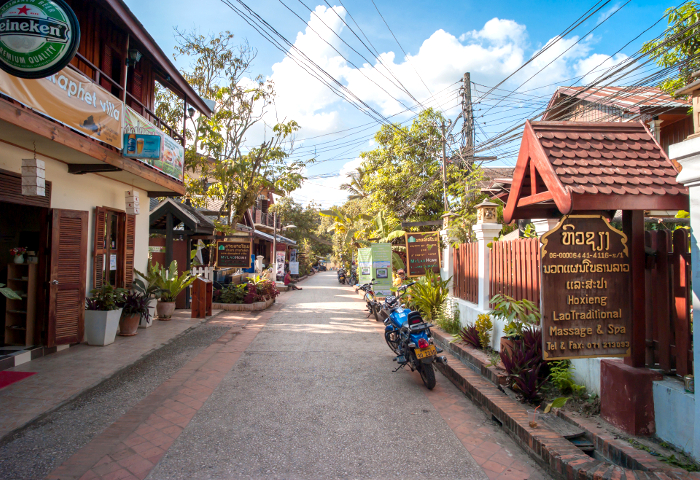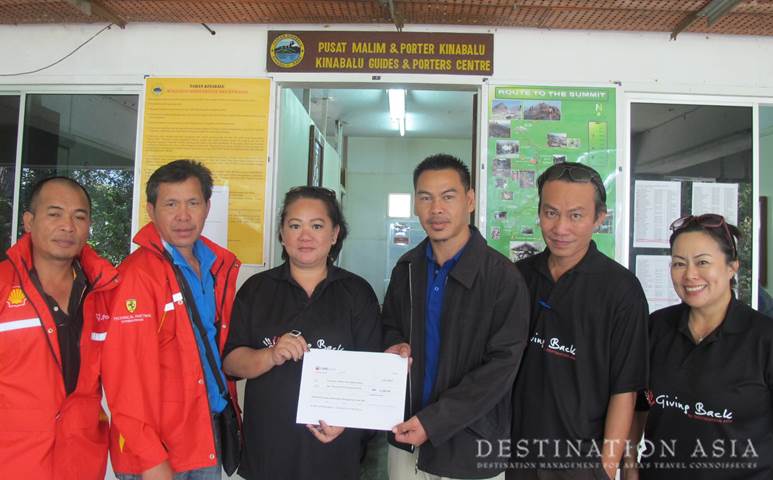Situated 40km north of Chengdu, the capital of Sichuan Province, the Sanxingdui site covers 12 sq/km and contains the ruins of an ancient city, sacrificial pits, residential quarters, and tombs. Recently, more than 500 artefacts dating 3,200 to 4,000 years old, including gold masks, bronze items, ivory, jade, and textiles, have been unearthed from six newly discovered ancient sacrificial pits.
Sichuan archaeologists discovered the six sacrificial pits in the Sanxingdui site area between October 2019 and August 2020. Following the approval of the State Administration of Cultural Relics, the Sichuan Provincial Institute of Cultural Relics and Archaeology initiated archaeological excavations in these six sacrificial areas, starting September 2020. The new pits sit next to two sacrificial pits first discovered in 1986. They are rectangular, with areas ranging between 3.5 sq/m and 19 sq/m. Together they form an area in which people of the ancient Shu civilization offered sacrifices to heaven, earth and their ancestors, and prayed for prosperity and peace.
More than 30 institutions have participated in the latest round of excavation work, featuring the use of modern technologies and integration of excavation and preservation. Scholars believe the site was established between 2,800 and 4,800 years ago, and the archaeological discoveries show that it was a highly developed and prosperous cultural hub in ancient times.
New discoveries and the process of excavating will later be displayed to the public. Hailed as one of the greatest archaeological findings in the 20th century, the site will make an ideal and exciting destination for lovers of archaeology and history. For inspiration for your next trip to China’s Sichuan Province, explore our dedicated China ebook.














